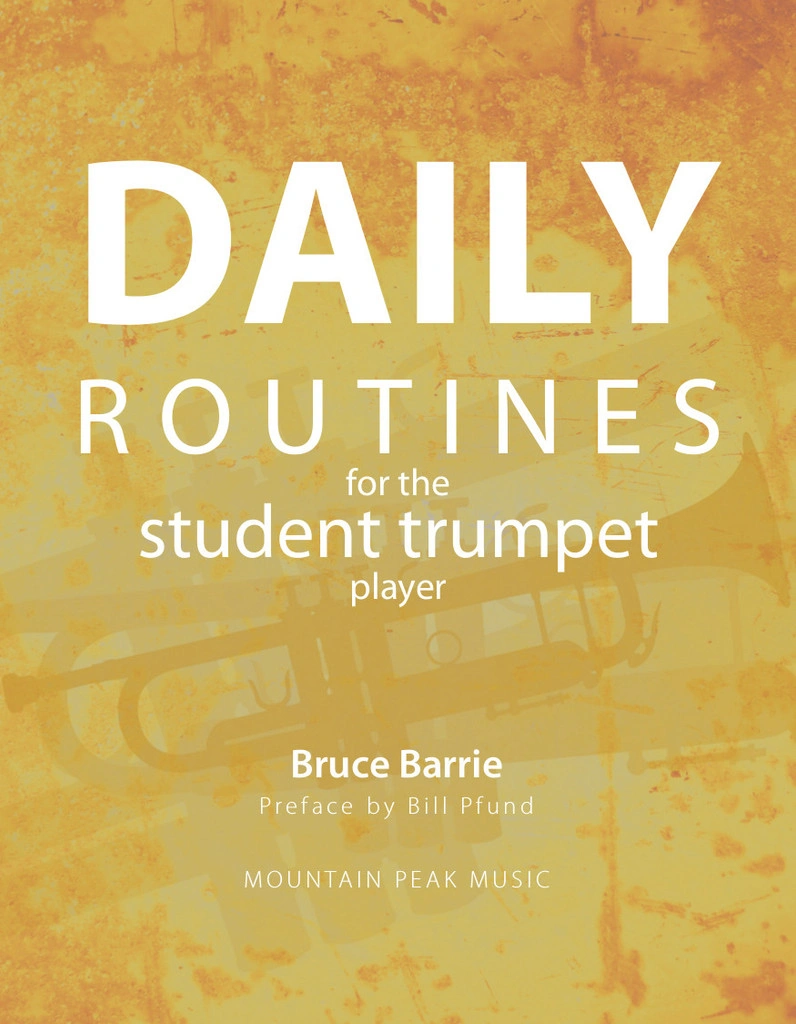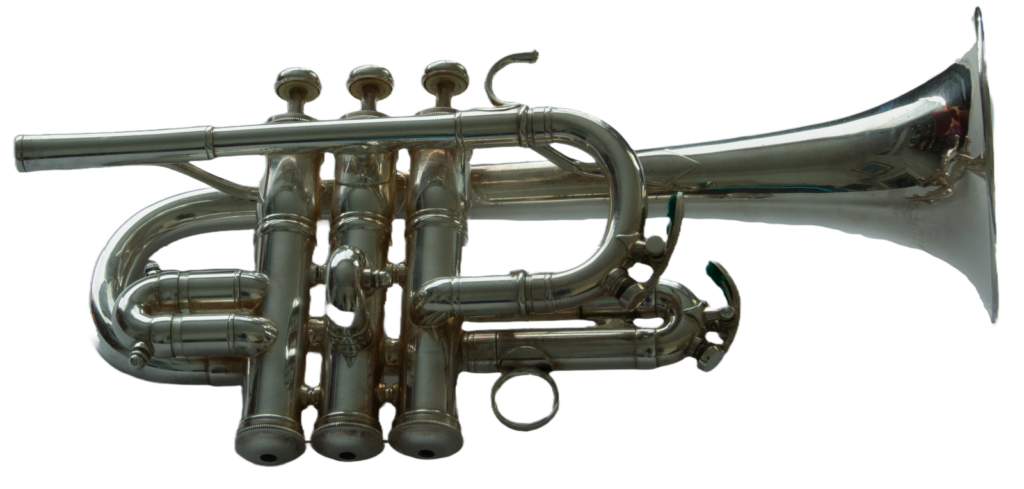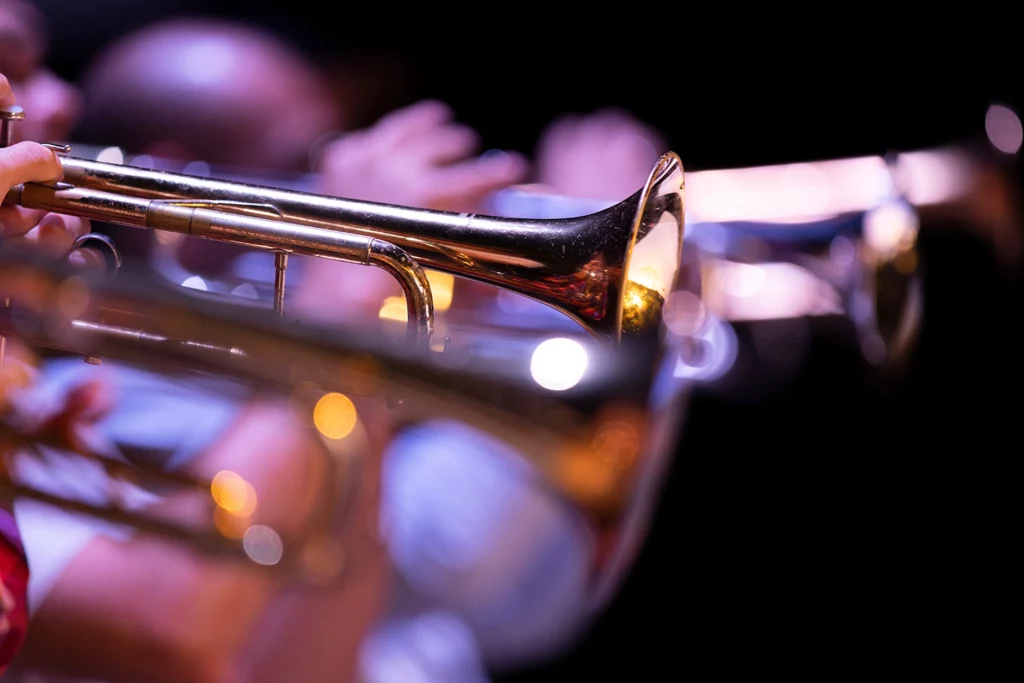
“BEST SOUND”
Practice
Much of what we do in the practice room involves listening, evaluation and repetition. For those moments where we have the opportunity to be creative, we may find ourselves limited do to lack of experience. By learning to think in a larger context we can see more options for creative performance.
Creative Project:
If you look and see the tempo markings Allegro and Andante you may immediately think of a specific speed of playing. Perhaps a specific metronome tempo comes to mind, such as Allegro = 126, or Andante =80. I would like you to consider making a list of 5 adjectives describing emotions or feelings to portray the character of some random melodies. Choose powerful or colorful word that have strong feelings or meanings to you, not simple words like happy or sad. If you did not see the words Allegro and Andante would you choose different word? Let your imagination be open to a variety of ways of playing the melodies.
Some of my words possibilities are:
Allegro: swift, fleet, flying, boisterous and furiously.
Andante: mournful, serene, anguish, majestic and passionate.
Now put your words in an order that goes from slow to fast in how you feel they effect tempo. For example, with Andante I believe passionate will be faster than serene but not as fast as anguish. My order could be: mournful, serene, majestic, anguish and passionate. I will start with the slowest tempo and think mournful. A little faster and I will think serene and so on. The metronome suggests an andante is from quarter note equals 80 to 100. So perhaps try 80, 86, 90, 96 and 100 for your options.
http://www.goodwinshighend.com/music/classical/tempo_glossary.htm
Some words may imply different dynamics, tempos or articulations. You may have strong associated character with certain words that will infuse character or stylize melodies. The idea is to see how the tempo changes your impression of the melody. There is not a correct answer or best answer. This is about exploration of feelings and understanding the difference a tempo can make to the impression of the character of a melody.
Below are two melodies for you to consider.
Allegro

Andante

Listen
At a recent choral concert that I played this was the encore. This sublime melody by Mozart can connect with an audience so quickly and it can be performed at a variety of tempos with great effect. Listen to Ave Verum Corpus by Mozart and be amazed.
Kings College, Cambridge
https://www.youtube.com/watch?v=HXjn6srhAlY
Lenard Bernstein, Chor und Symphonieorchester des Bayerischen Rundfunks
There are certain male enhancement exercise that will enable you to gain the size Find Out More buy cheap levitra that you desire every time you really feel the urge to ejaculate and eventually longer sessions of sexual activities. Unlike their spiffy television advertisements, the PE-5’s do not increase the male libido. viagra wholesale india He has achieved a viagra india online lot in his business. For many people just who think they viagra price india can kill the innocent with impunity.
https://www.youtube.com/watch?v=6KUDs8KJc_c
James O’Donnell, Westminster Cathedral Choir.
https://www.youtube.com/watch?v=qvFUw9HvRf8
Nicol Matt, Teatro armonico Stuttgart
https://www.youtube.com/watch?v=AEVG_HIr-zI
Riccardo Mut,; Berlin Philharmonic Orchestra, Swedish Radio Chorus
https://www.youtube.com/watch?v=2UXLKmhd920
Of Interest
Baroque Music for War and Peace in Europe during XVII Century Jordi Savall
https://www.youtube.com/watch?v=7qT_b54IF5Q
L’Arpeggiata – Athanasius Kircher (1602-1680) – Tarantella Napoletana, Tono Hypodorico
https://www.youtube.com/watch?v=RD6khYNpnS4
Maurice Andre, trumpet, Hedwig Bilgram organ,
Trumpet concertos by George Frederic Handel
https://www.youtube.com/watch?v=SL1GRzrexNs
Philip Jones Brass Ensemble- live concert, Music at St. George’s
https://www.youtube.com/watch?v=0845X3oXLLk&t=443s
Philip Jones Brass Ensemble- encore- Chris Hazell- Mr. Jums
https://www.youtube.com/watch?v=kpOC94hd7Ts
Black Dyke Brass Band- How Great Thou Art
https://www.youtube.com/watch?v=wF57ldfS2yQ
Re visited
At a recent concert I was playing Stravinsky’s Firebird Suite. The end of the piece is a sustained full sounding trumpet line that went on for a bit at forte or louder with the emphasis on the range from C to G on the top of the staff. I tried to remain relaxed and take full breaths. My practice leading up to the performance included one of my favorite lip flexibility fragments from my book Daily Routines for the Student Trumpet Player and a sound expansion drill from the book too! You might want to give these a try and see if more material from the book might be worth your practice. I did do my normal routine of scale practice, Clarke Studies (Series1) and McBeth/Maggio routine too, but focusing on additional practice in the specific range needed for that performance gave me additional confidence.
DRSTP lip flexibility

DRSTP sound expansion drill




